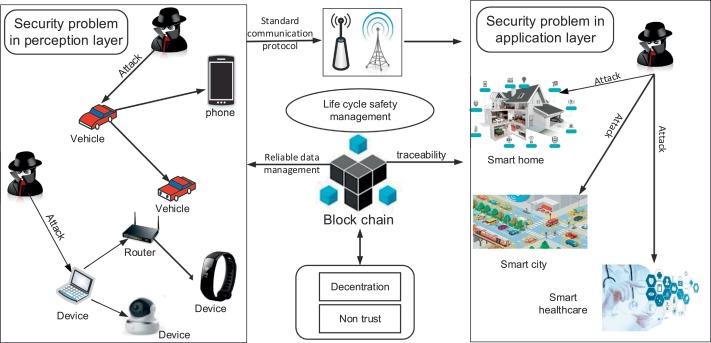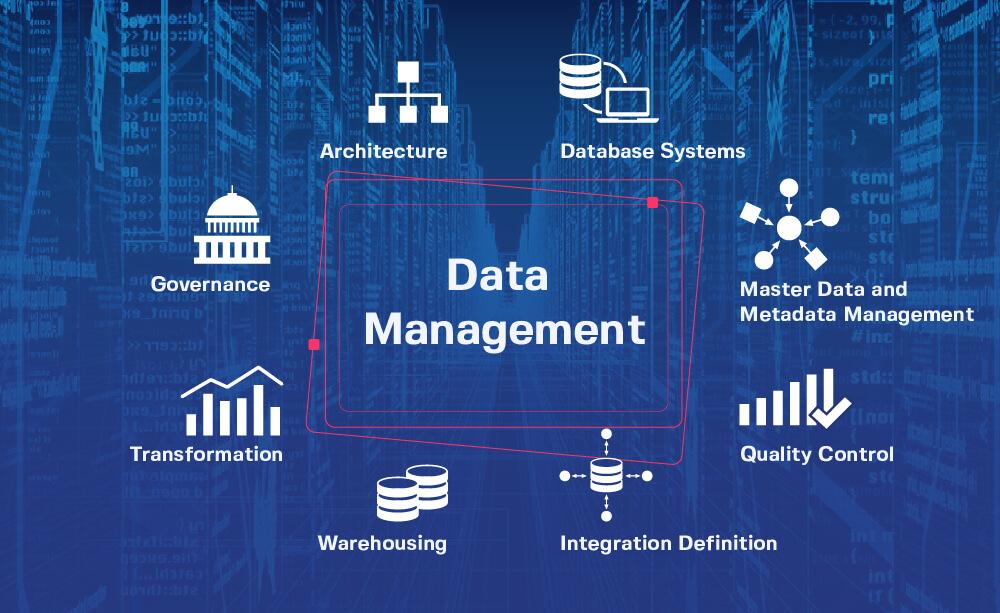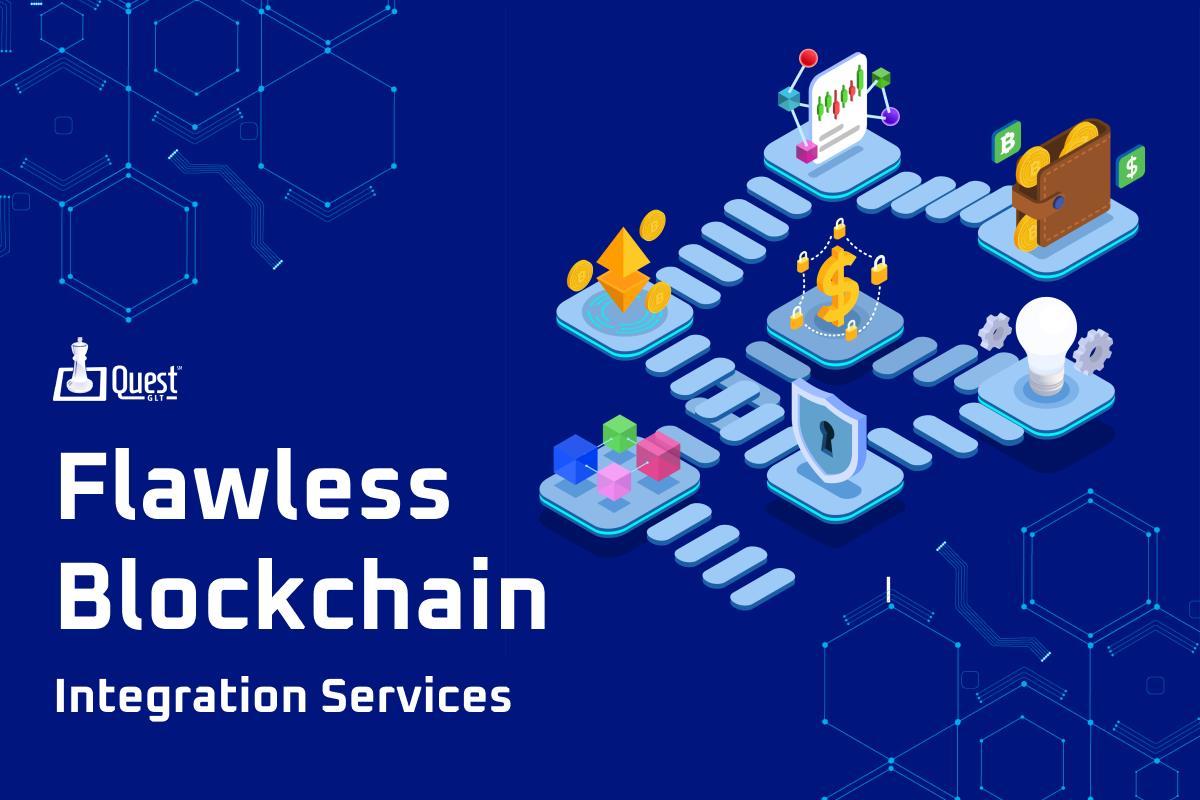In an era defined by rapid technological advancements, two innovations stand poised to reshape the landscape of our interconnected world: blockchain and the Internet of Things (IoT). As everyday devices increasingly become conduits of data and intelligence, the need for secure, transparent, and efficient communication has never been more pressing. Enter blockchain—a decentralized ledger technology that promises to enhance the reliability and integrity of interconnected systems. By intertwining these two powerful forces, we can forge a future where devices not only interact seamlessly but do so with trust and accountability. This article explores the dynamic synergy between blockchain and IoT, unveiling how their convergence can drive forward a new paradigm of data exchange and automation, paving the way for smarter cities, more efficient industries, and a more secure digital ecosystem.
Understanding the Synergy Between Blockchain and IoT Technologies
The convergence of blockchain and the Internet of Things (IoT) is revolutionizing how devices communicate and transact. As IoT devices proliferate, ensuring data security, transparency, and scalability has become paramount. Blockchain technology provides a decentralized ledger that enhances trust among devices, enabling them to operate autonomously while mitigating the risks related to data breaches and tampering. This synergy allows for seamless interactions, where devices can autonomously make decisions based on predefined smart contracts, facilitating smoother operations across various industries.
Key benefits of integrating blockchain with IoT include:
- Enhanced Security: Blockchain’s cryptographic protocols protect data integrity and minimize the risk of attacks.
- Interoperability: Smart contracts enable disparate IoT devices to work together, promoting collaboration.
- Data Ownership: Users regain control over their data, deciding who can access it and for what purpose.
To illustrate the impact of this integration, consider the following table that highlights industry applications:
| Industry | Application | Benefits |
|---|---|---|
| Supply Chain | Real-time tracking of shipments | Increased transparency and reduced fraud |
| Healthcare | Secure sharing of patient data | Improved patient confidentiality and data integrity |
| Agriculture | Smart irrigation systems | Efficient resource management and sustainability |

Enhancing Security and Trust in IoT Networks Through Decentralization
As the Internet of Things (IoT) continues to expand, the need for robust security measures becomes imperative. Traditional centralized architectures often expose networks to significant vulnerabilities, where a single point of failure can compromise an entire system. By leveraging blockchain technology, we can enhance security through decentralization. In a distributed network, each device becomes a node on the blockchain, contributing to data integrity and trustworthiness. This decentralized consensus mechanism allows for real-time authentication and verification of transactions, significantly reducing the risk of unauthorized access.
Moreover, the transparent nature of blockchain fosters a culture of accountability among IoT devices. Each transaction is recorded in a tamper-proof ledger, creating an immutable history that can be audited. Important benefits include:
- Enhanced data integrity: Reduces the risk of data manipulation.
- Increased user control: Users can manage their data without relying on intermediaries.
- Improved interoperability: Facilitates seamless communication between diverse devices.
These attributes not only build trust among users but also foster an ecosystem where devices can autonomously interact without compromising security. Such advancements pave the way for a new era in IoT, where collaboration and security are at the forefront of technological progress.

Optimizing Data Management and Interoperability in Smart Environments
In the realm of smart environments, the integration of blockchain technology is revolutionizing data management and fostering seamless interoperability. Blockchain’s decentralized nature enhances data security, ensuring that information is not controlled by a single entity, but rather distributed across a network of nodes. This characteristic poses numerous benefits, such as:
- Enhanced Security: Cryptography safeguards data integrity, reducing the risk of hacks and unauthorized access.
- Real-time Data Sharing: Immediate access to updated information promotes efficiency in smart devices and applications.
- Automatic Compliance: Smart contracts can enforce regulations automatically, ensuring compliance without the need for human oversight.
Furthermore, fostering interoperability across diverse IoT devices necessitates standardized protocols, which blockchain can provide. By creating a universal framework for data exchange, blockchain enables different systems to communicate effectively. This can be illustrated in the following table showing how blockchain enhances interoperability:
| Feature | Traditional Methods | Blockchain Approach |
|---|---|---|
| Data Standardization | Fragmented protocols | Unified protocol |
| Transaction Transparency | Lack of visibility | Public ledger |
| Trust between Parties | Third-party intermediaries | Direct peer-to-peer transactions |

Future Perspectives: Strategies for Successful Blockchain Integration in IoT
Blockchain integration into IoT systems can unlock unprecedented opportunities, but it requires a well-defined roadmap. Collaboration among stakeholders is essential to ensure interoperability and standardization across devices and platforms. By fostering partnerships between tech providers, industries, and regulatory bodies, the industry can develop unified protocols that facilitate seamless data sharing. Furthermore, embracing modular architectures allows organizations to adopt blockchain incrementally, minimizing disruption while maximizing the benefits of decentralized technology.
To effectively implement blockchain into IoT ecosystems, organizations should focus on three primary strategies: security enhancement, data privacy, and scalability solutions. Investing in robust encryption methods and consensus algorithms is vital to protect sensitive information and maintain system integrity. Additionally, leveraging edge computing can help manage data locally, reducing latency and bandwidth usage, which is crucial for real-time applications. As IoT networks grow in complexity, employing smart contracts can also automate transactions and decision-making processes, driving efficiency and reducing operational costs.
Insights and Conclusions
As we stand on the threshold of a new era defined by the convergence of blockchain technology and the Internet of Things, the opportunities before us are as vast as the networks we are building. The potential for enhanced security, transparency, and efficiency ignites a transformative vision for industries ranging from healthcare to agriculture, smart cities to supply chains.
Yet, as we forge ahead, it is essential to remain vigilant and address the challenges that accompany this technological evolution. Together, developers, businesses, and regulators must create frameworks that foster innovation while safeguarding privacy and ensuring sustainability.
As we connect the dots between devices and data, we also weave a narrative of collaboration and trust—one that paves the way for a future where connectivity empowers not just devices, but individuals and communities alike. The journey may be complex, but with blockchain anchoring the IoT tapestry, a more interconnected and transparent world is within reach. Let us embrace the promise of this revolution, shaping an ecosystem that thrives on innovation and shared values. The future is now—let’s make it remarkable.






